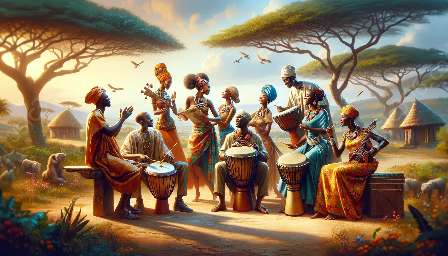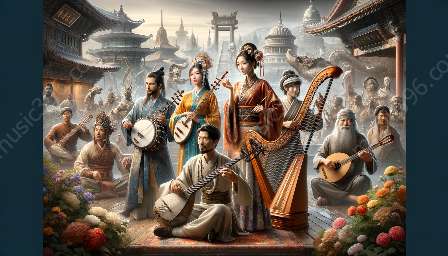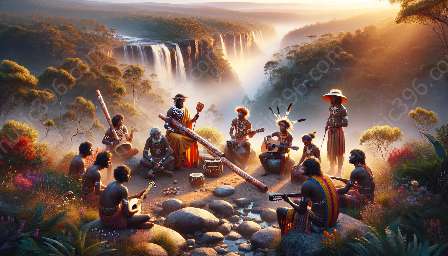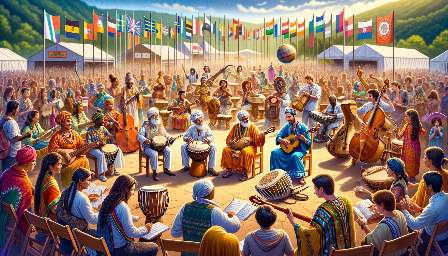Asian music has made significant and enduring contributions to world heritage, reflecting the diverse cultural traditions and musical expressions across the continent. From classical masterpieces to modern innovations, the impact of Asian music on world heritage is profound and multifaceted.
Classical Traditions
One of the most influential contributions of Asian music to world heritage is found in its classical traditions. For example, the Indian classical music system, with its intricate raga structures and virtuosic improvisation, has deeply influenced global music traditions, particularly in the realm of improvisation and modal exploration. The Persian classical music, with its rich history and poetic sensibility, has also left an indelible mark on the global music landscape, inspiring musicians and composers across continents.
Traditional Instruments
The diverse range of traditional instruments in Asian music has profoundly shaped world music. From the delicate tones of the Chinese guqin to the rhythmic power of the Japanese taiko drums, these instruments have been embraced by musicians worldwide, enriching the sonic tapestry of global music. The meditative sounds of the Indian sitar and the mesmerizing timbres of the Balinese gamelan have captivated audiences and inspired cross-cultural collaborations, demonstrating the enduring influence of Asian musical instruments on world heritage.
Folk and Popular Music
Asian folk and popular music traditions have also made significant contributions to world heritage, reflecting the cultural narratives and social dynamics of diverse communities. The emotive melodies of Korean pansori, the vibrant rhythms of Filipino rondalla, and the soulful expressions of Mongolian throat singing exemplify the rich tapestry of Asian folk music and its enduring impact on world music. Similarly, the dynamic rhythms of Indian Bollywood music, the evocative storytelling of Japanese enka, and the infectious beats of Indonesian dangdut have resonated with global audiences, showcasing the far-reaching influence of Asian popular music on world heritage.
Contemporary Fusion and Innovation
Asian music continues to evolve and innovate, contributing to the dynamic landscape of world music through contemporary fusion and experimentation. From the transcultural collaborations of Asian and Western classical musicians to the fusion of traditional Asian instruments with electronic music, the boundary-breaking creativity of contemporary Asian artists has expanded the horizons of world music, fostering new sonic expressions and cultural dialogues.
Shared Cultural Expressions
Furthermore, the contributions of Asian music to world heritage underscore the interconnectedness of cultural expressions and the ways in which music serves as a universal language. As Asian musical traditions converge with global influences, they create resonant harmonies that transcend geographical boundaries, promoting greater understanding and appreciation of diverse musical heritages.
Influence on Global Music Practices
The enduring contributions of Asian music to world heritage have influenced global music practices, inspiring musicians, composers, and scholars to explore new avenues of creativity and cultural exchange. The fusion of Asian musical elements with diverse global traditions has given rise to innovative genres and collaborative projects that celebrate the richness of cultural diversity and the transformative power of music.
Conclusion
The contributions of Asian music to world heritage are a testament to the enduring cultural and artistic legacy of the continent. From classical traditions and traditional instruments to folk, popular music, and contemporary innovation, Asian music continues to shape and enrich the global musical landscape, fostering cross-cultural dialogue and inspiring future generations of musicians and music enthusiasts.










































